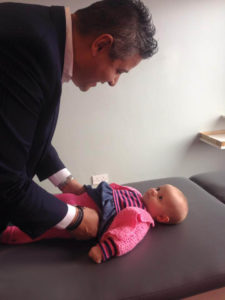Opioids / the opioid crisis continues to escalate as a global problem impacting countries all across the globe.
Research indicates that a new opioid-addicted infant comes into this world every 25 minutes.
In fact the European Drug Report 2017, using 2015 Irish data shows that: Ireland continues to have one of the highest drug mortality rates, with 71 fatalities per million people, the fourth highest in Europe (average 21 deaths).
Sadly a recent tragedy in Cork revealed how a young woman died from a lethal mix of drugs. She was addicted to Nurofen Plus and before her death was planning to seek help for her addiction issues.
A startling statistic published in Sept 2017 Medical Journal states 63.4% of opioid users reported their opioid misuse began from a need to relieve physical pain.
Chronic pain sufferers usually receive prescription drugs from a trusted medical professional. However the Annals of Medicine conducted a 2017 study that determined opioids did not provide any sort of long term effectiveness for the treatment of pain.
Chiropractic offers the most effective, least invasive solution to the epidemic of opioids.
A study from 2014 detailed the science and neurology behind why Chiropractic so effectively reduces pain while increasing body function.
A special connection exists between the spine and brain. Natural movement takes place in the spine with nearly every daily activity. Subtle shifts in alignment contribute to the loss or restriction of spinal movement and alter feedback to specific areas of the brain. Even subtle misalignment in the nervous system triggers noxious nociception, better known as pain.
Chiropractors make specific, gentle adjustments to areas and segments that sit misaligned or out of position. The restoration of spinal movement and health results in less pain and improved function throughout the entire body.
Chiropractic requires no pills, potions, lotions, or surgery to help a person improve function, decrease pain, restore order, and reach a greater brain to body communication.
*Journal of back and musculoskeletal rehabilitation 2014 “The role of the descending inhibitory pail mechanism in musculoskeletal pain following high-velocity, low amplitude thrust manipulation: a review of the literature.”C Savva, G Giakas, M Efstathiou
Annals of internal medicine September 2017 “Prescription Opioid Use, Misuse, and Use Disorders in U.S. Adults: 2015 National Survey on Drug Use and Health.” B Han, WM Compton, C Blanco, E Crane, J Lee, CM Jone













